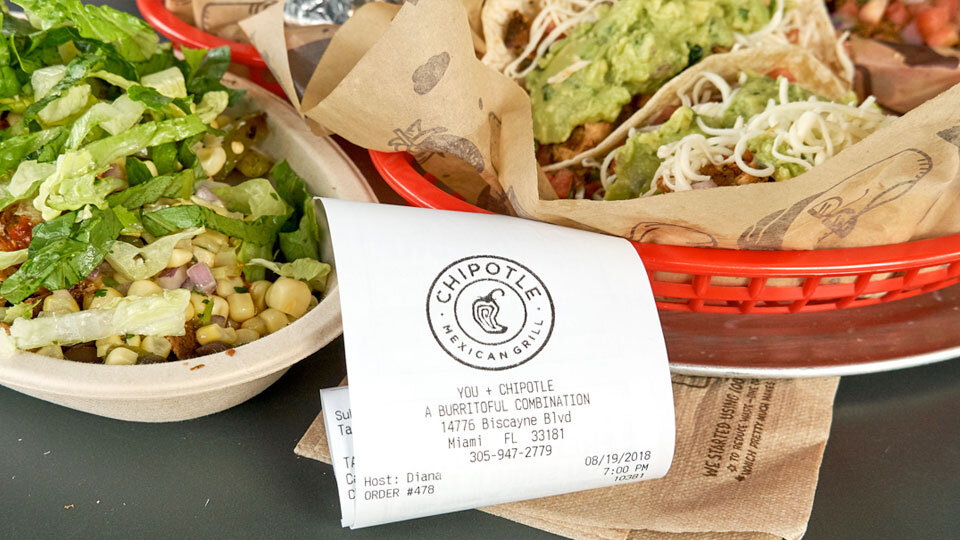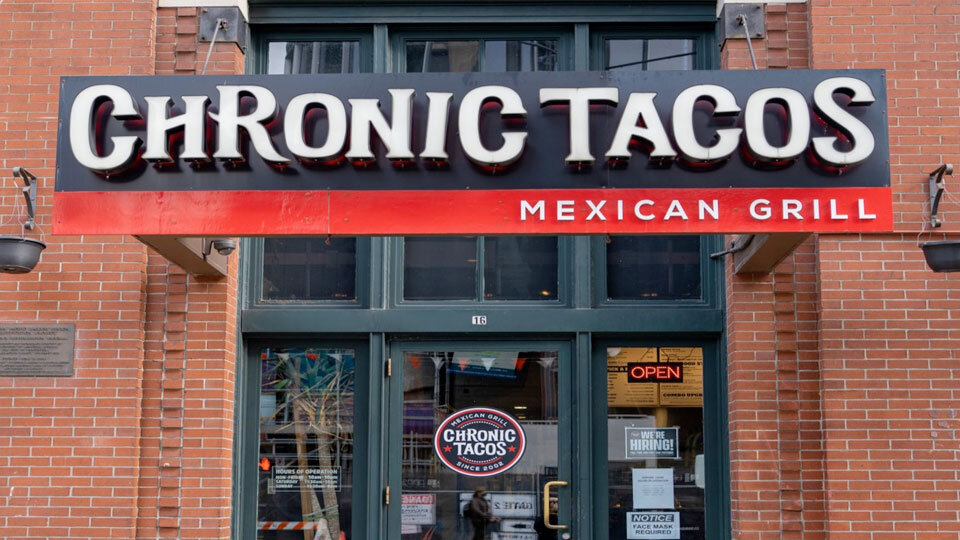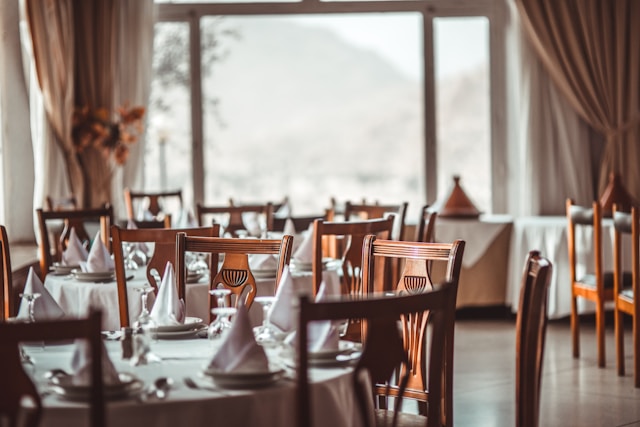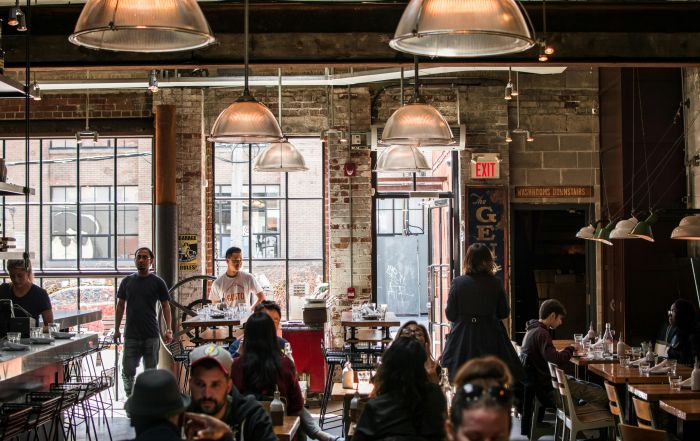How checklists can avoid food safety incidents.

Several years ago, in one of the most concerning cases of its kind, fast-casual restaurant chain Chipotle received a staggering $25 million fine for breaching food safety standards. The United States Department of Justice issued a press release stating that the charges related to “food that sickened more than 1,100 people across the United States from 2015 to 2018.”
Chipotle blamed staff for attending work whilst showing signs of illness or for individuals not following the correct safety processes. However, the fact remains that this could all have been avoided if proper checklists were in place that highlighted every procedure and process within the restaurants.
Most restaurants will use checklists for a variety of tasks, from monitoring staff attendance to managing equipment. Checklists can also include cleaning, food preparation and serving.
So why are some restaurants falling short of basic safety standards?
‘Checklists are only effective if they are monitored’, confirms industry consultant Troy Hooper, who suggests that most restaurants need something addressed. ‘They either do storage well or not, or they don’t adequately monitor food on the line’, he adds. ‘I think in the industry, as a whole, there are lots of things we can change’.
However, Troy is impressed with the checklist and monitoring system put in place by California-based, Chronic Tacos.

Chronic Tacos critical monitoring system measures 12 different temperatures where food is served, stored or disposed of, a minimum of three times per day.
A spokesperson for the company said, ‘We have created a culture that embodies food safety and truly emphasizes this to further ensure the safety of the food we serve to our customers.”
It’s clear through their high safety standards Chronic Tacos understand food safety is a ‘collective responsibility’.
‘We not only require our operators & their managers to be ServSafe certified and learn the local food code, but we also provide extensive food safety training not only at the time of onboarding with new store openings, but we provide standardized training on an ongoing basis utilizing training guides and tools such as food temperature tracking logs & checklists. ‘ the spokesperson added.
He concludes: ‘We believe it is essential for restaurants to create a food safety culture not a food safety program’.
But let’s be clear, creating multiple checklists that cover all areas of your business takes time. It also takes a significant amount of work to effectively monitor the checklists and step in when something hasn’t been completed.
By digitizing checklists, using an app such as Phenium, you can set up your system to trigger follow-up work automatically based on certain answers. For example, if the checklist confirms that the disposal area was not cleaned at the set time, you can easily see via an alert and then create a separate Fix It order to complete the work.
So whilst we know that some businesses such as Chipotle have run into serious problems with monitoring and checklists, it’s reasonably simple to implement and manage. Making sure you have a robust food safety checklist system can help you avoid potential fines and lawsuits, keeping you ahead of foodborne illness issues before they even start.

